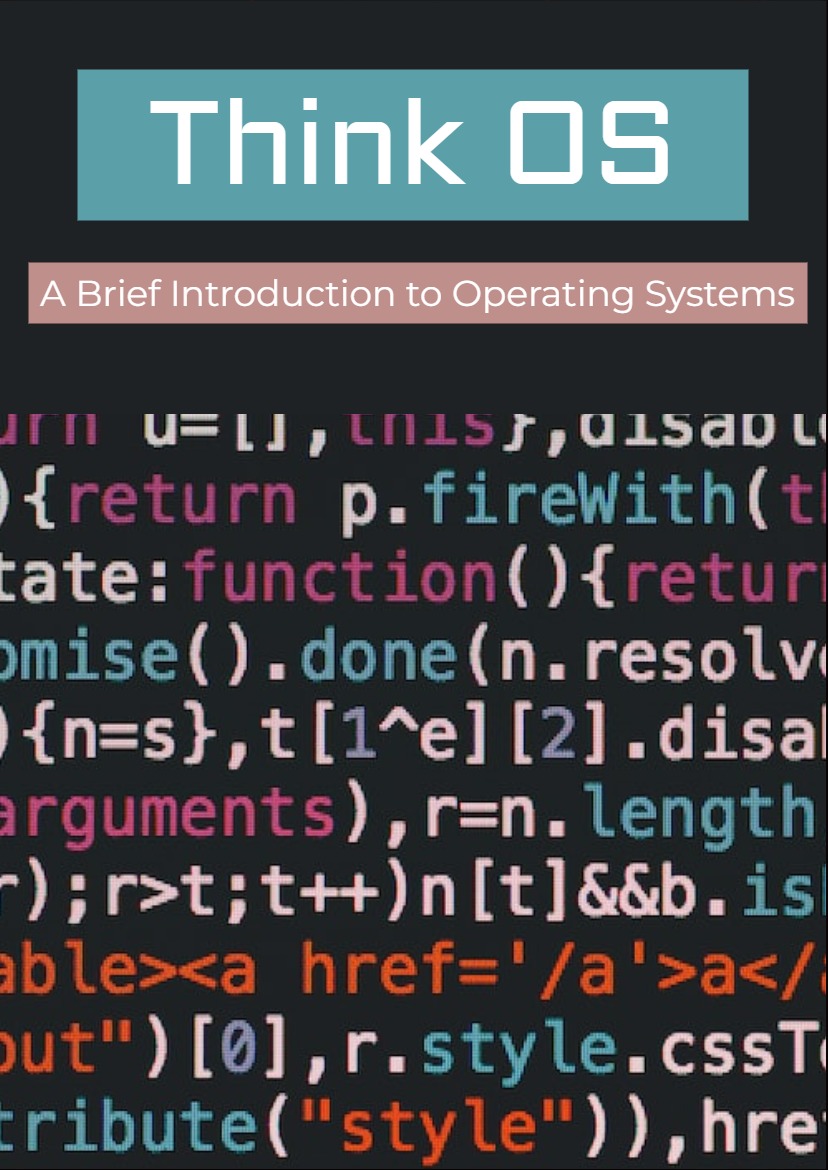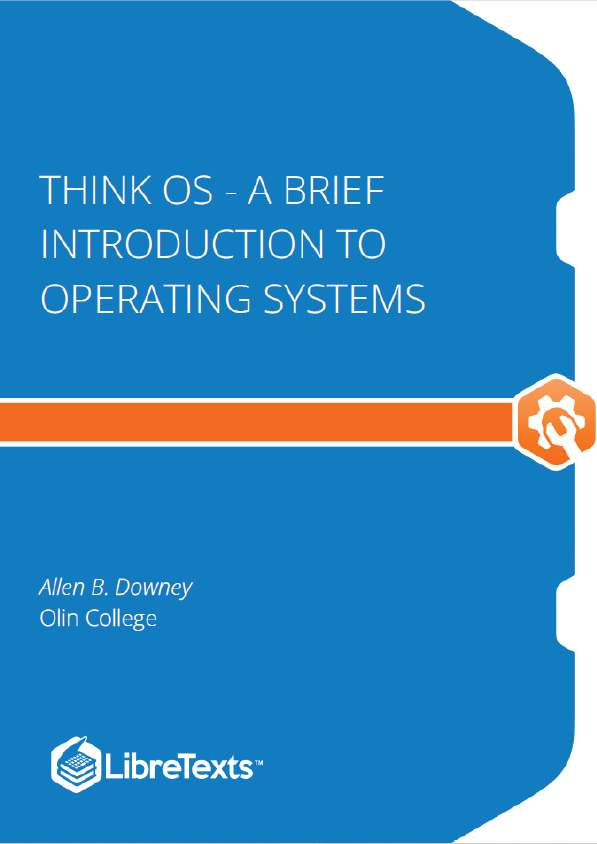Chapter 1 – Introduction
1.1 Synchronization
In common use, “synchronization” means making two things happen at the same time. In computer systems, synchronization is a little more general; it refers to relationships among events—any number of events, and any kind of relationship (before, during, after).
Computer programmers are often concerned with synchronization constraints, which are requirements pertaining to the order of events. Examples include:
Serialization: Event A must happen before Event B.
Mutual exclusion: Events A and B must not happen at the same time.
In real life we often check and enforce synchronization constraints using a clock. How do we know if A happened before B? If we know what time both events occurred, we can just compare the times.
In computer systems, we often need to satisfy synchronization constraints without the benefit of a clock, either because there is no universal clock, or because we don’t know with fine enough resolution when events occur.
That’s what this book is about: software techniques for enforcing synchronization constraints.
1.2 Execution model
In order to understand software synchronization, you have to have a model of how computer programs run. In the simplest model, computers execute one instruction after another in sequence. In this model, synchronization is trivial; we can tell the order of events by looking at the program. If Statement A comes before Statement B, it will be executed first.
There are two ways things get more complicated. One possibility is that the computer is parallel, meaning that it has multiple processors running at the same time. In that case it is not easy to know if a statement on one processor is executed before a statement on another.
Another possibility is that a single processor is running multiple threads of execution. A thread is a sequence of instructions that execute sequentially. If there are multiple threads, then the processor can work on one for a while, then switch to another, and so on.
In general the programmer has no control over when each thread runs; the operating system (specifically, the scheduler) makes those decisions. As a result, again, the programmer can’t tell when statements in different threads will be executed.
For purposes of synchronization, there is no difference between the parallel model and the multithread model. The issue is the same—within one processor (or one thread) we know the order of execution, but between processors (or threads) it is impossible to tell.
A real world example might make this clearer. Imagine that you and your friend Bob live in different cities, and one day, around dinner time, you start to wonder who ate lunch first that day, you or Bob. How would you find out?
Obviously you could call him and ask what time he ate lunch. But what if you started lunch at 11:59 by your clock and Bob started lunch at 12:01 by his clock? Can you be sure who started first? Unless you are both very careful to keep accurate clocks, you can’t.
Computer systems face the same problem because, even though their clocks are usually accurate, there is always a limit to their precision. In addition, most of the time the computer does not keep track of what time things happen. There are just too many things happening, too fast, to record the exact time of everything.
Puzzle: Assuming that Bob is willing to follow simple instructions, is there any way you can guarantee that tomorrow you will eat lunch before Bob?










